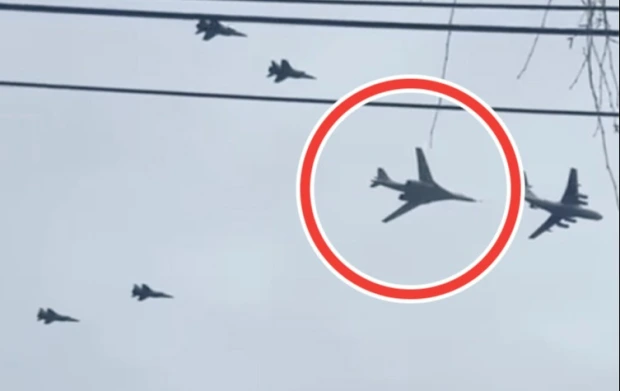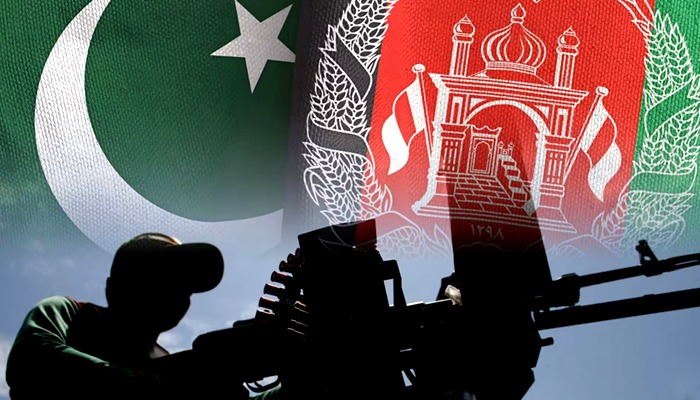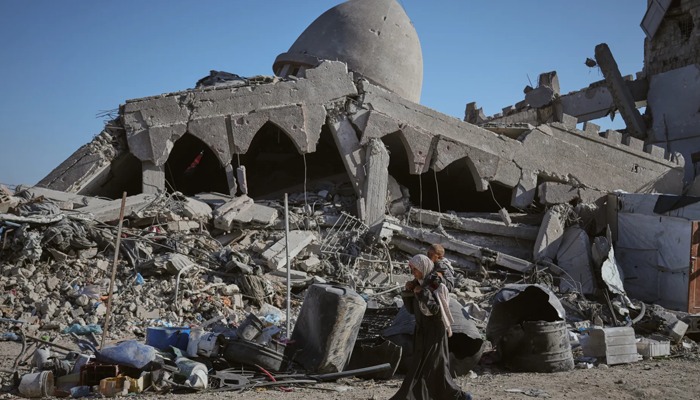As the Russian commander gets increasingly irritated with his army’s lack of success in the battle, Western military analysts have grown increasingly fearful that Putin may resort to utilising his nuclear arsenal in Ukraine. In the ill-fated military effort, Russian soldiers have faced stiff opposition and have struggled to achieve any substantial breakthroughs. Four TU-95s were observed flying near the Ukraine border in Russia’s Kaluga area on Monday.
The bombers, also called as Bears, are capable of carrying a large payload and are armed with KH-55 cruise missiles.
The missile has a range of up to 3,000 kilometres and is available in both conventional and nuclear versions.
Over 50 of these bombers, each capable of carrying 16 cruise missiles, are now in service with the Russian air force.
The Bears can also launch the Kh-101 and nuclear Kh-102 stealth cruise missiles, which skim at low altitude and have a smaller radar cross area than the KH-55.
These lethal missiles have a range of up to 5,500 kilometres.
During the Cold War, the TU-95 was developed in response to the Soviet Union’s goal to establish its own strategic bomber force to equal that of the United States.
It had a massive fuel capacity and could fly over 9,000 miles on internal fuel alone.
In the event of a NATO strike on the Soviet Union, dozens of aircraft were planned to fly across the Arctic Circle and drop nuclear bombs on targets over the United States.
It comes as fresh satellite photographs purport to show Russian submarines loading Kalibr weapons in Sevastopol.
The missiles have a range of 1,500 to 2,500 kilometres and may be loaded with thermonuclear bombs.
“Satellite imagery from 15 April presumably shows a Kilo-class submarine being loaded with Kalibr missiles in the port of Sevastopol,” Benjamin Pittet, an open source intelligence analyst with the Genre for Information Resilience, tweeted.
“Another Kilo-class submarine can be seen in the flooded dry dock, most likely undergoing maintenance.”
As part of its nuclear arsenal, Russia has over 2,000 tactical nuclear bombs.
Tactical nuclear weapons differ from strategic atomic weapons in that they may be deployed across relatively short distances.
They can also be mounted into a variety of missiles that are typically used to carry conventional explosives and launched like artillery rounds.
Tactical nuclear weapons are less potent than strategic nuclear bombs, yet they are nonetheless capable of immense damage.



















